La Casa de las Conchas (The Shell House)Manuel Fulleda Alcaraz (b. 1933)
Threatened
Rojales, Valencian Community, 03170, Spain
The exterior façades of the house may be seen from the street; if someone is at home, access to the terraces is generally granted to visitors.
About the Artist/Site
Manuel Fulleda was born in the inland village of Callosa de Segura, one of eight children. His father worked in his modest fields trying to produce enough to feed his family and there was barely even a thought of educating young Manuel. It was assumed that he would help the family however he could, as early as he could, so he never attended school and he never learned to read or write. Fulleda worked in an astounding variety of jobs as a young man: he wound filament for fishing wire, pounded hemp fibers so they could be twisted into twine for baskets and shoes, laid tracks for the railroad, harvested crops, worked in a cotton factory, plucked chickens, and more. At the age of nineteen, he married Consuelo López García, a girl he had known growing up in Callosa, but who had moved with her family to Rojales, about 12 miles east. After their marriage, he moved to Rojales to join his bride.
He worked hard, and between all of the jobs, despite their general low pay and menial nature, he was able to save a bit of money, and he purchased a house in Rojales in 1974, toward the top of a steep dead-end street near the outskirts of town. After he finally retired around 1993, he would occasionally go to the sea, less than four miles away, and one day, seeing the thousands of shells tossed up by the waves onto the beach, he began picking them up, thinking that perhaps he could sheathe the walls of the house with them instead of undertaking the periodic regular drudgery of painting. So he went back and forth from Rojales, collecting the shells in large bags, walking over four miles up and down the beach. He began with the southeast wall at the far end of the lower terrace and, although his wife was upset by what he was doing and they argued over his new decorations, he was pleased with his labors and went back to collect more shells again and again. In contrast, the children—by then all grown—liked what he was doing and offered to help, but Fulleda wanted to do it all himself. Except for the shells from mussels and other seafood that he and his family ate and he then washed and used, all of the shells decorating his house are those he picked up at the local beach.
After he returned home from gathering the shells, he separated them into different bowls or buckets based on their sizes or colors; he also used shards of mirror and ceramic tile as contrast. He used them immediately rather than waiting to amass huge amounts of materials before working on the decoration. This has resulted in several idiosyncratic sections rather than an overall design preconceived as a whole. Nevertheless, every part of the building’s accoutrements and exterior façades have been covered in shells, from the purchased stairway up to the upper terraces, to the water tanks, the chimneys, the pipes covering the electrical cables, the flowerpots, and more. He is obsessive about covering all surfaces; the lower portions of the balustrades, for example, are as carefully sheathed in the shells as those surfaces that are more clearly visible.
Fulleda’s shell house is particularly notable not only for the intensity of the shell wall covering, but for the series of six terraces, each on a slightly different level, that adorn the upper reaches of his house. It is rare to find a rectangular space, as the building as a whole conforms to the topography of the hillside, so each of the terraces is also an irregular polygon in shape. The height of the terraces—higher than most other buildings looking out back across the urban landscape of Rojales—and the intricacy of their balustrades, particularly as one looks from one side of the house across to another, create an almost Baroque density that appears to visually vibrate in the heat of the southern Spanish sun.
Fulleda has never been bothered by the municipality for his fanciful decorations; in fact, in 1999 they published a small brochure, now out of print, to celebrate his work. During the summer of 2011, he decided to put the house up for sale, as it has become too much for him to manage as he ages, but he has not tried very hard to publicize its availability, as he subconsciously understands that his new self-identification as an artist is intimately tied to his physical proximity to the house. The Casa de las Conchas enabled this hard-working but illiterate son of poor peasants to not only surpass his humble and unremarkable origins, but to become a local celebrity, visited by outsiders, included in tourist promotions, and publicized on the internet. And although he retains his modest demeanor, he is clearly delighted by visitors’ interest, and proud of how he has changed the life of his village, and his own.
The exterior façades of the house may be seen from the street; if someone is at home, access to the terraces is generally granted to visitors.
~Jo Farb Hernández, 2014
Update: As of Sept. 2014 the property is for sale asking 450,000 euros
Contributors
Map & Site Information
Rojales, Valencian Community, 03170
es
Latitude/Longitude: 38.0860483 / -0.7235857
Nearby Environments


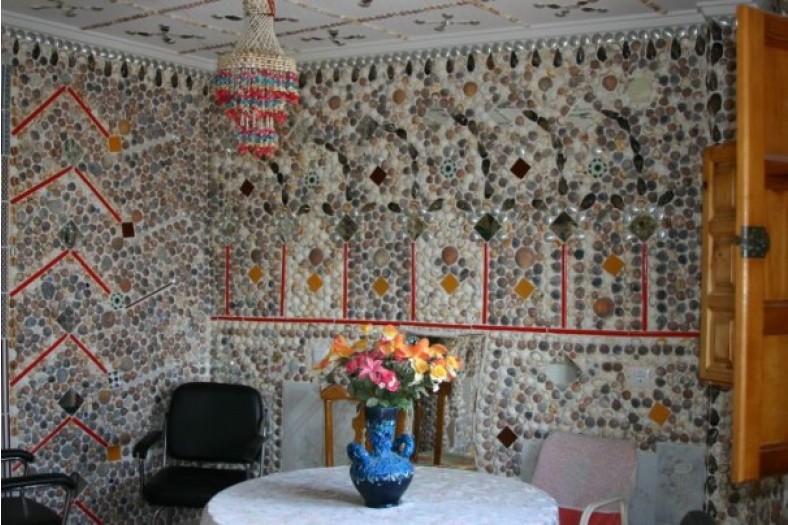
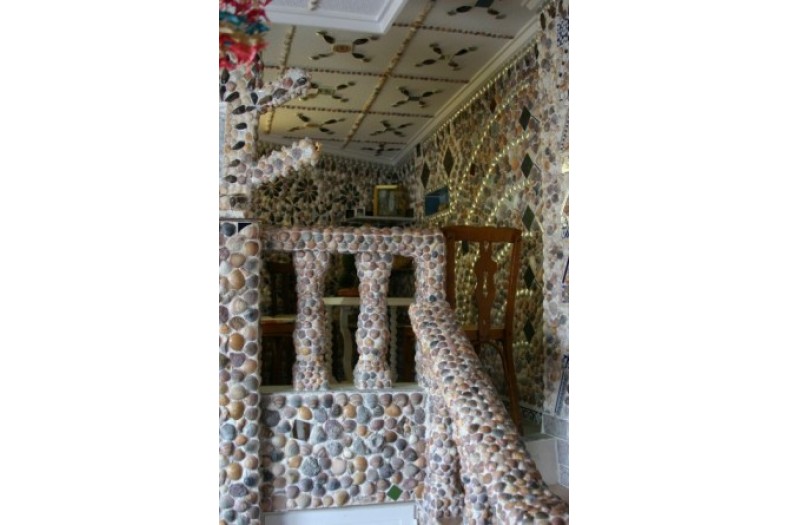
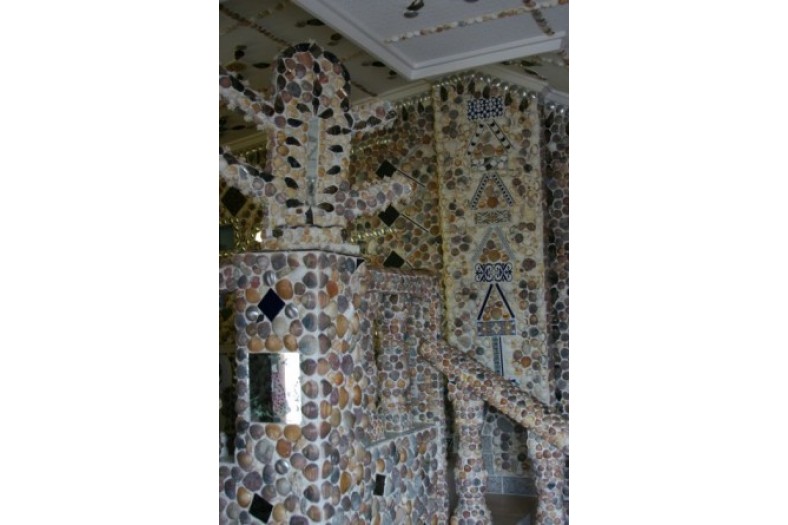
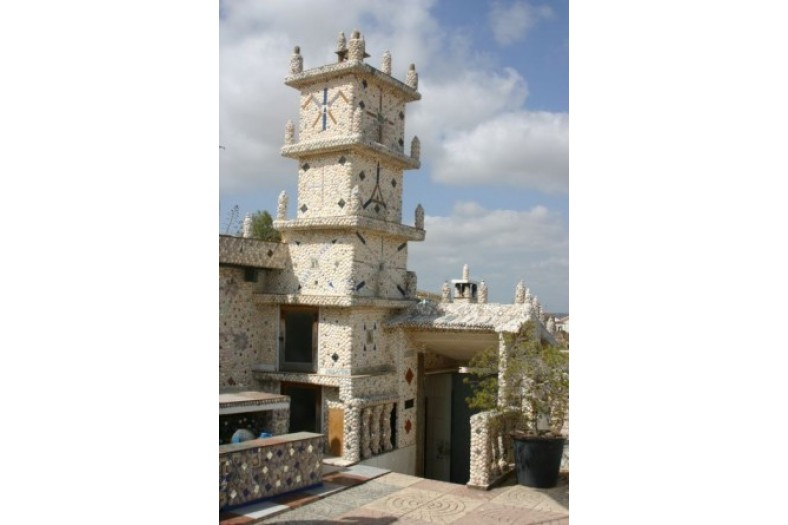
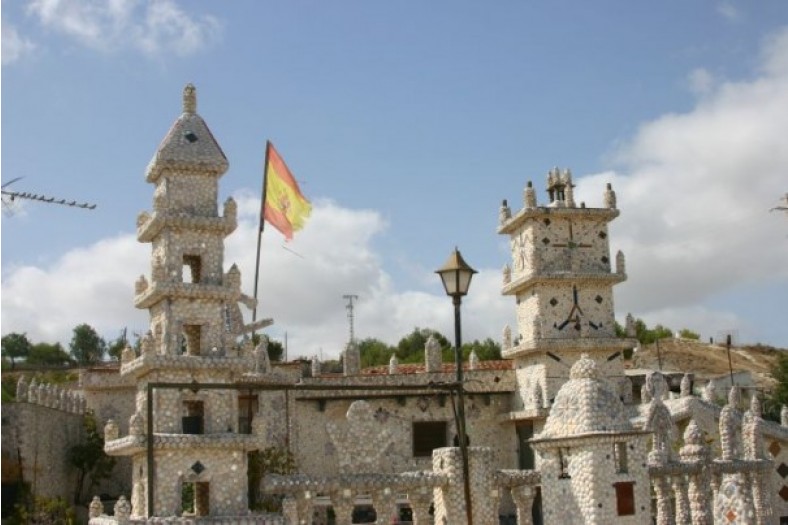
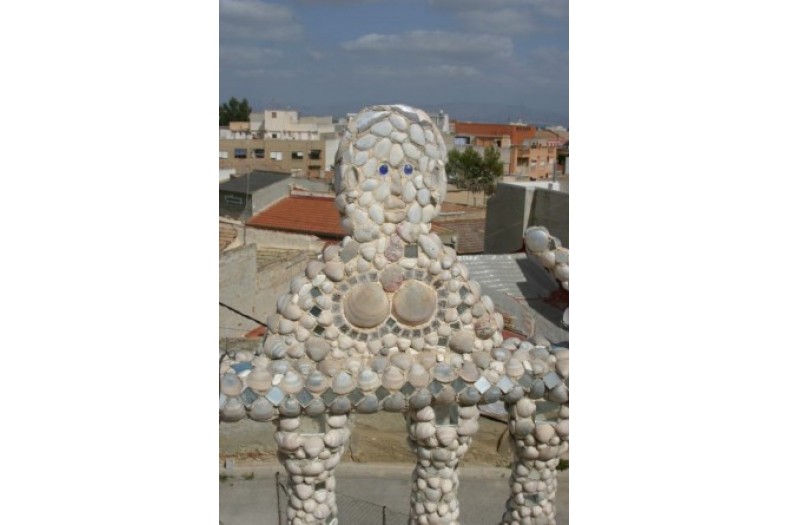
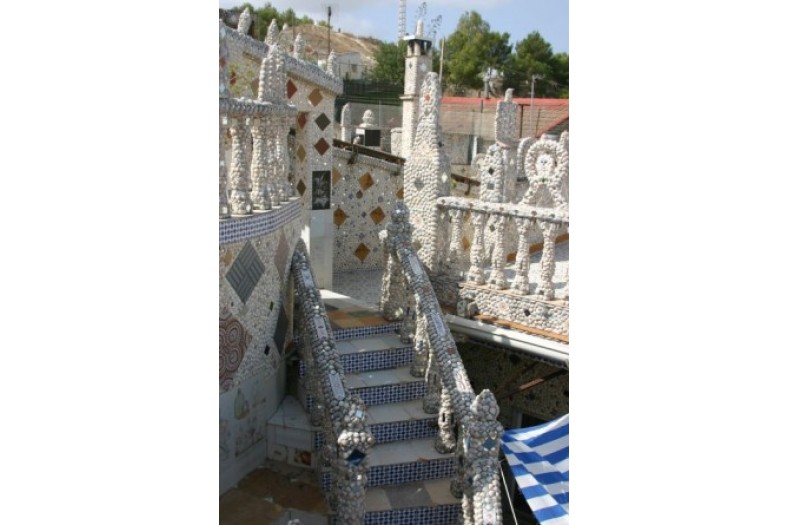
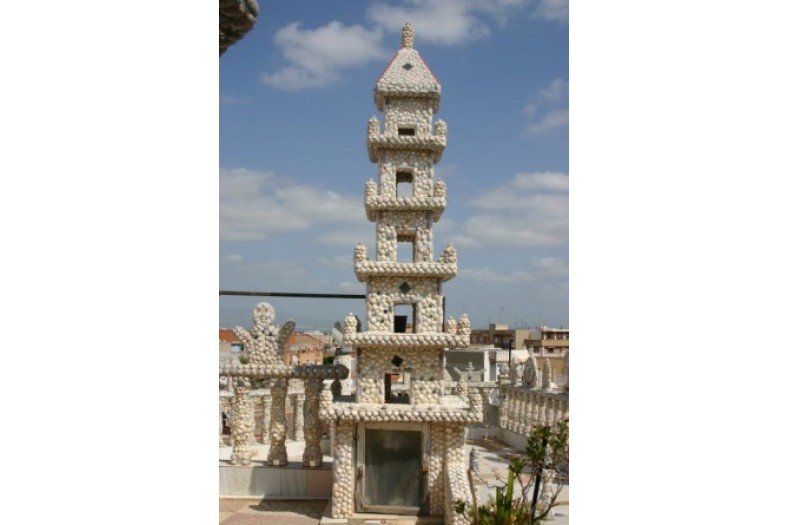

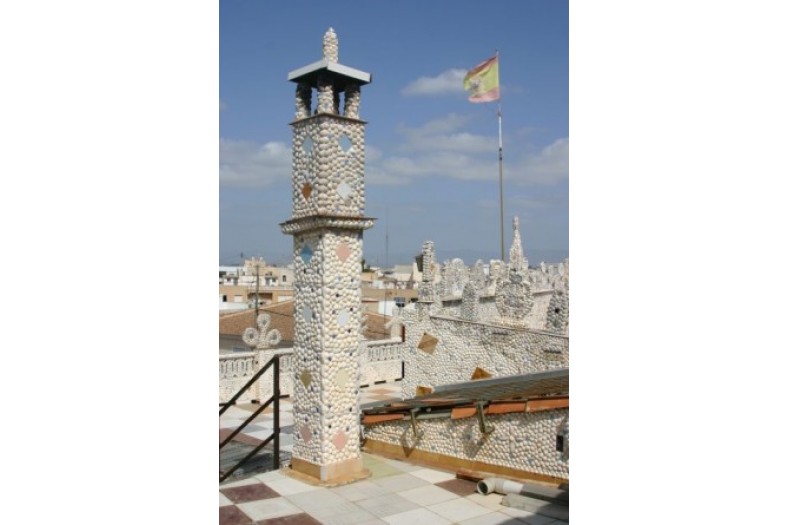
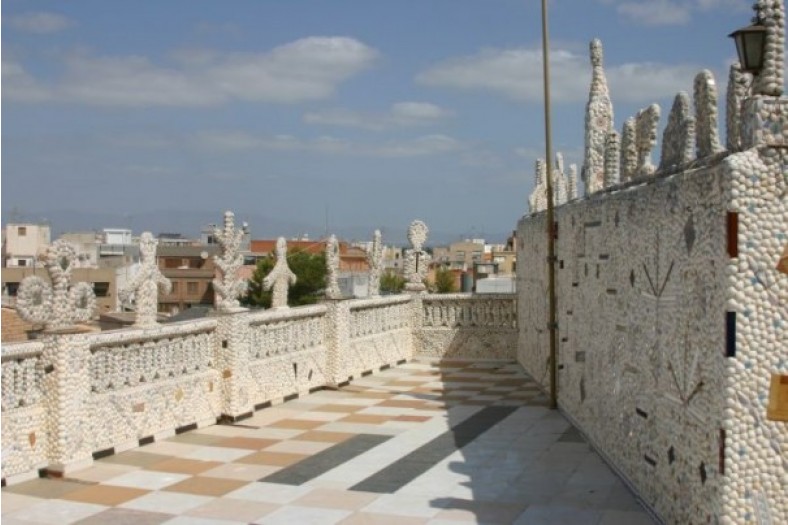
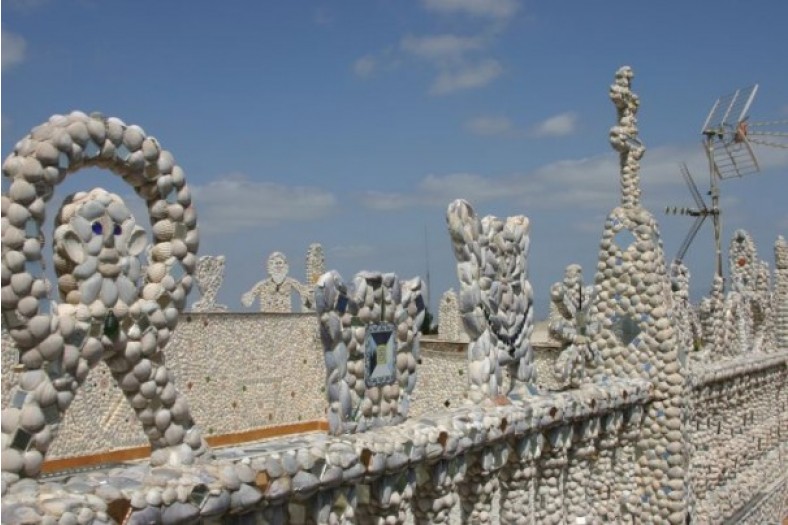
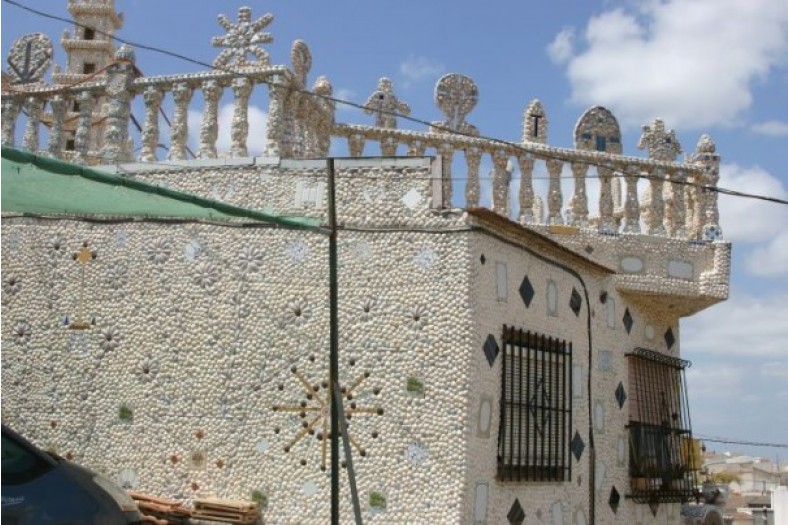
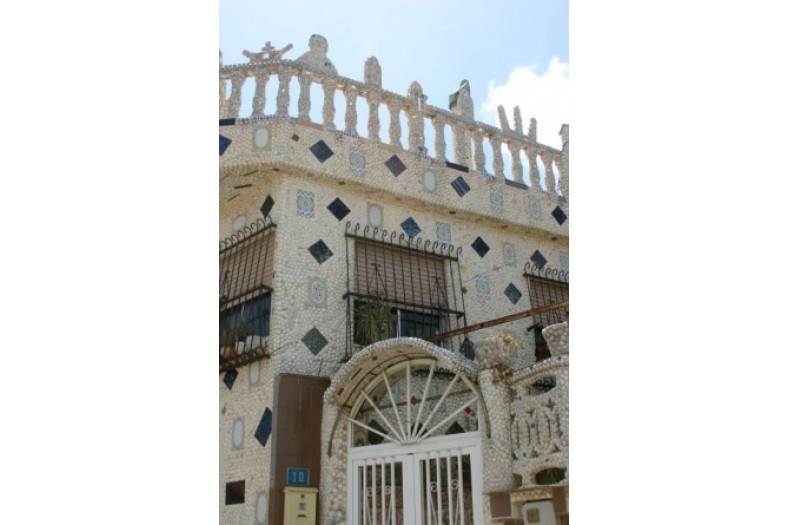
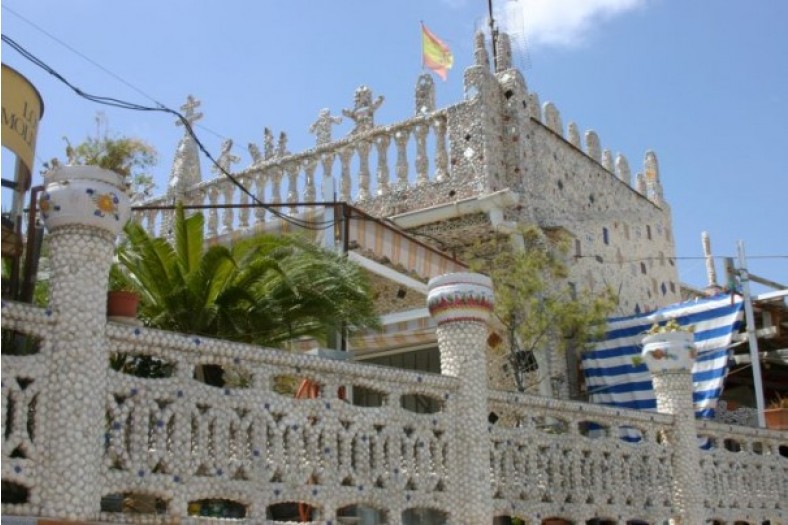
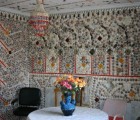
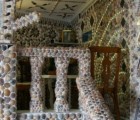
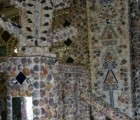
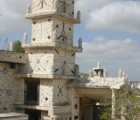
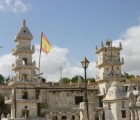
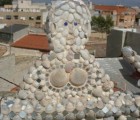
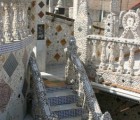
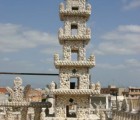
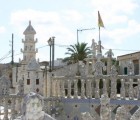
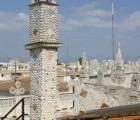
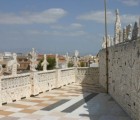
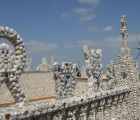
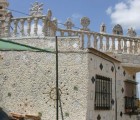
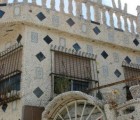
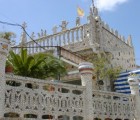
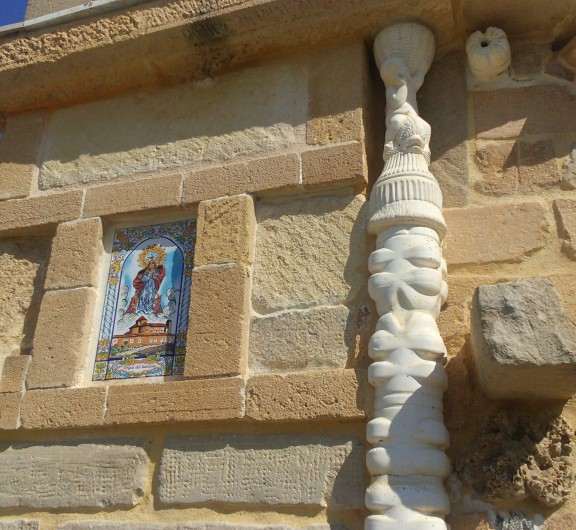
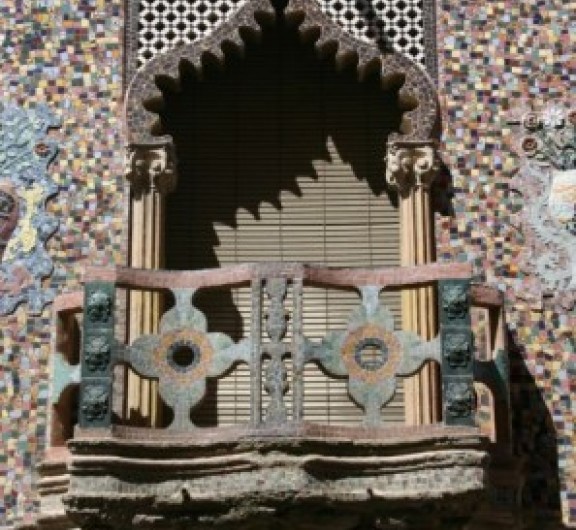
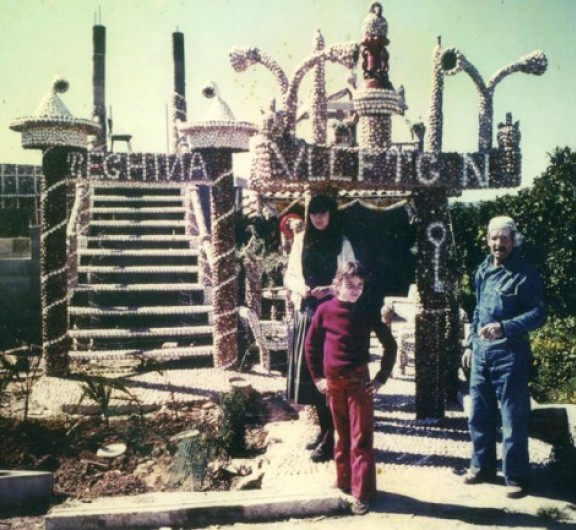
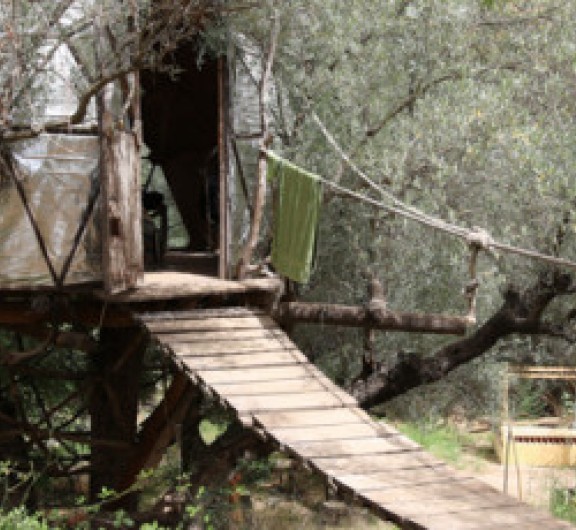
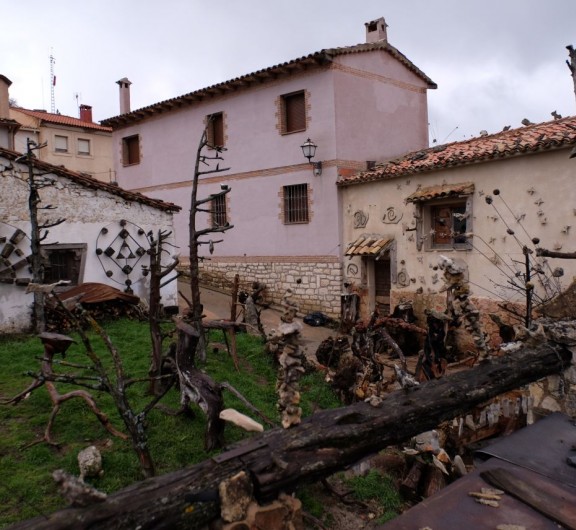

Post your comment
Comments
No one has commented on this page yet.